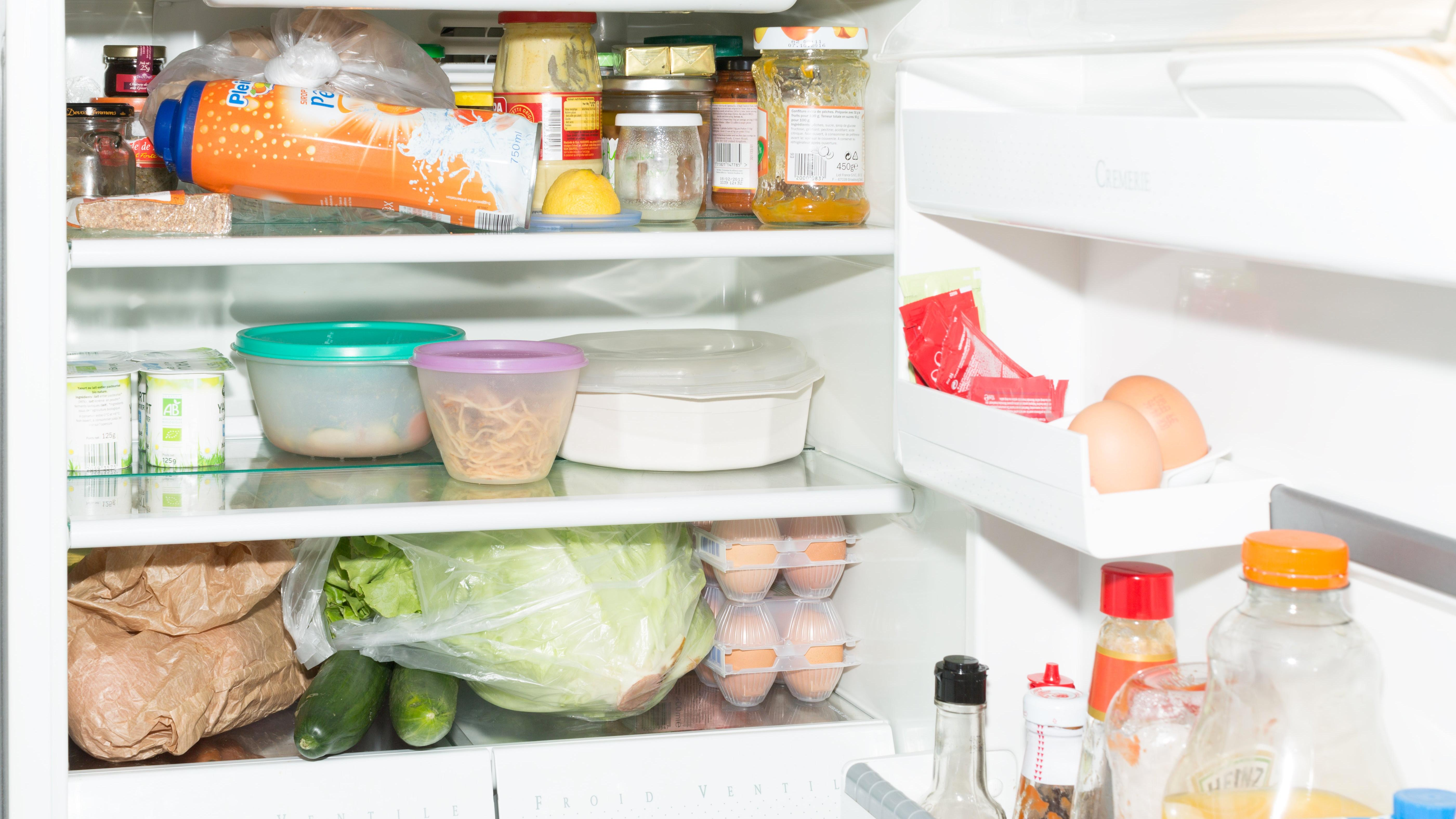Don't Put Your Food In The Snow (And Other Tips For When Winter Storms Knock Out Your Power)
The FDA offers kitchen guidance for when winter turns ugly.
It's that time of year when winter storms can be unpredictable. One second you're sitting with a humming fridge full of food watching the Yellowjackets finale, and the next a whopping winter wonderland takes down your power lines. Before taking a cue from our favorite 90s high school soccer team and heading out into the wilderness to hunt for rations in the snow (please watch this show if you haven't already), first turn to these Food and Drug Administration tips from Food Safety News to keep the food you already have safe.
First things first, keep those fridge and freezer doors closed. If you do need to grab something to eat, now is not the time for choice paralysis. Get in and out as quickly as you can to keep things inside chilled—the fridge can keep up to four hours and the freezer, if full, can keep up to 48 hours.
You may ask yourself, "if it's cold outside, can't I just store my food out there?" No! Don't do this! According to the FDA, even if the temperatures remain freezing, any food in sunlight is at risk of thawing. Instead of moving any of your food out, move ice and frozen packs into your fridge and freezer to keep things as chilled as possible. If you know ahead of time that a major storm is coming, freeze some extra ice ahead of time and prepare some coolers just in case things do need to be moved out of the fridge after four hours.
Once your power is restored, it's important to check all your food to make sure it's still safe to eat. (Yes, do this before turning your TV back on, you'll thank us later.) If things have remained in the sealed fridge for four hours or less, it should be okay to eat no matter what, but if you want to be extra cautious, take the temperature of things like meat, seafood, milk, eggs, or leftovers with a meat thermometer—everything that's 45 degrees or lower is in good shape. Anything above, toss out. If the freezer temp is at 40 degrees or lower, then everything inside is safe and can be refrozen. Anything fully thawed and above 40 degrees should go straight in the trash.
The safest bet is always to have some nonperishable items stocked in your pantry just in case of any kind of outage. Heck, keep some on your person at all times, you never know when you and your teammates may need them.
